Moodboard! Rokh H&M
“Moodboard!” is the one-word sentence Loïc Prigent hollers in all of his YouTube fashion documentaries covering the fashion calendar as a way to create familiarity throughout seasons.
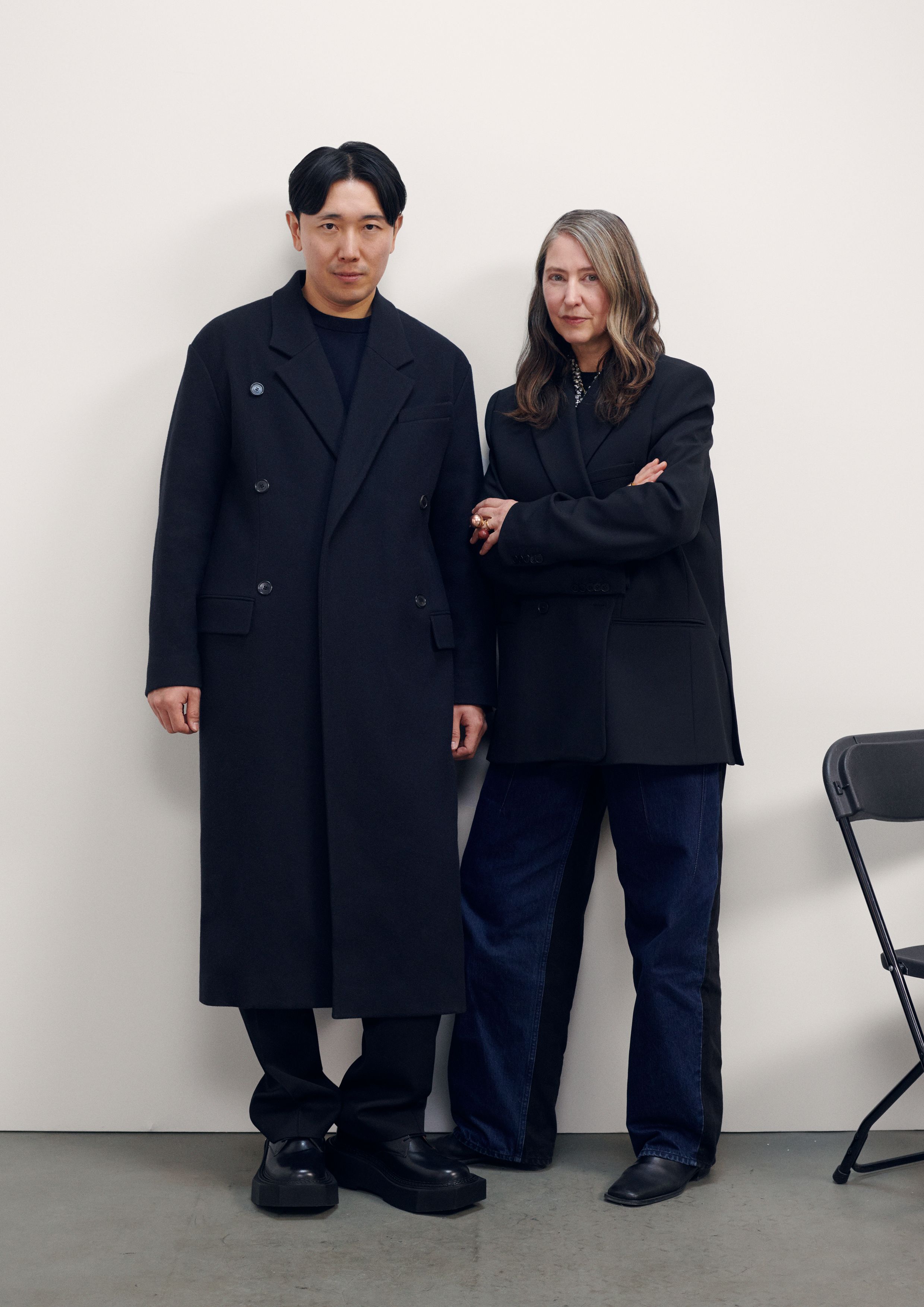
Images stacked on top of images on top of other images, moodboards are the stereotypical tool every design studio supposedly uses as the fundament for each collection. While the idea of a collage collecting various images and visual research material is surely something that can function as a starting point, moodboards also exemplify fashion’s flatness and superficiality.
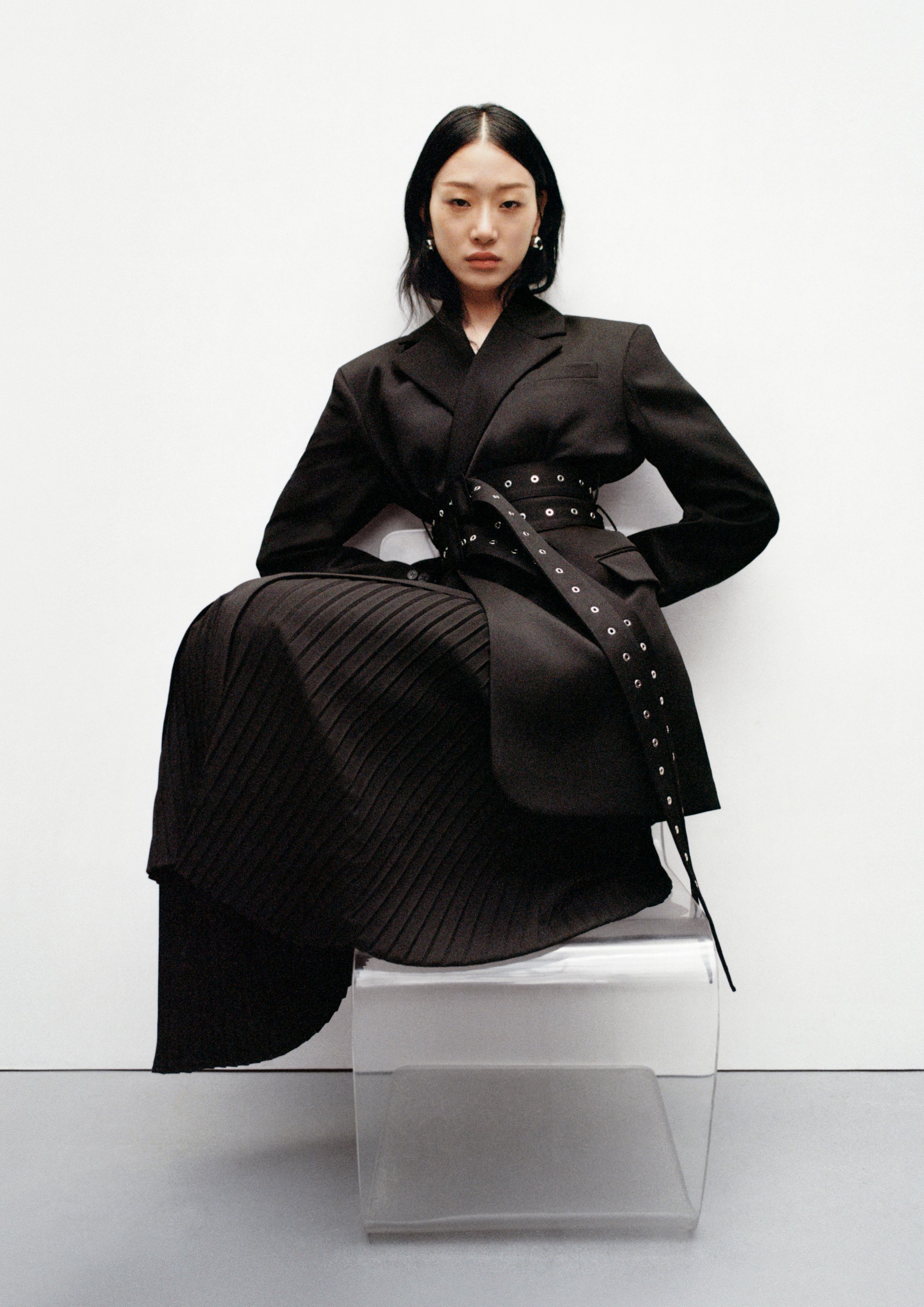
Rok Hwang, designer and founder of Rokh, doesn’t normally work with moodboards, he just immediately starts with the fittings. And for H&M’s designer collection, Hwang revisited wardrobe staples that are lingering elements in all of his collections. Together with H&M’s Creative Advisor and Head of Womenswear, Ann-Sofie Johansson, the Texas-born designer meticulously tried to find the perfect beige tone, one that is neither too formal nor too “school,” instead of scrolling through the abyss that is Pinterest.
The collection, which was first revealed during a press day and lunch with the designers in London this February, will officially launch for sale in stores and on hm.com on April 18. In conversation with 032c, Hwang and Johansson sat down to discuss their collaboration, evading gender stereotypes while acknowledging physical differences, and whether you can still design “newness.”
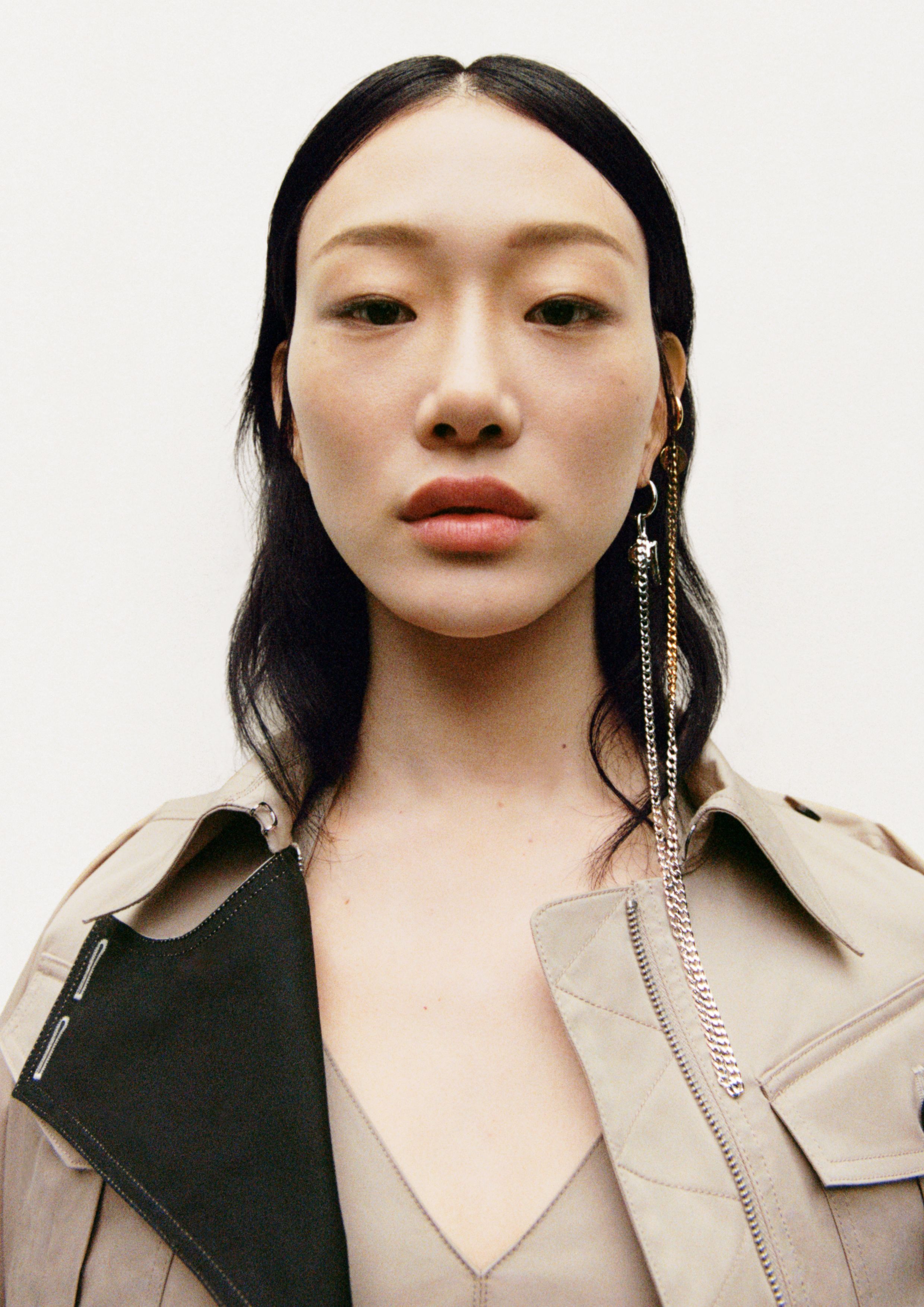
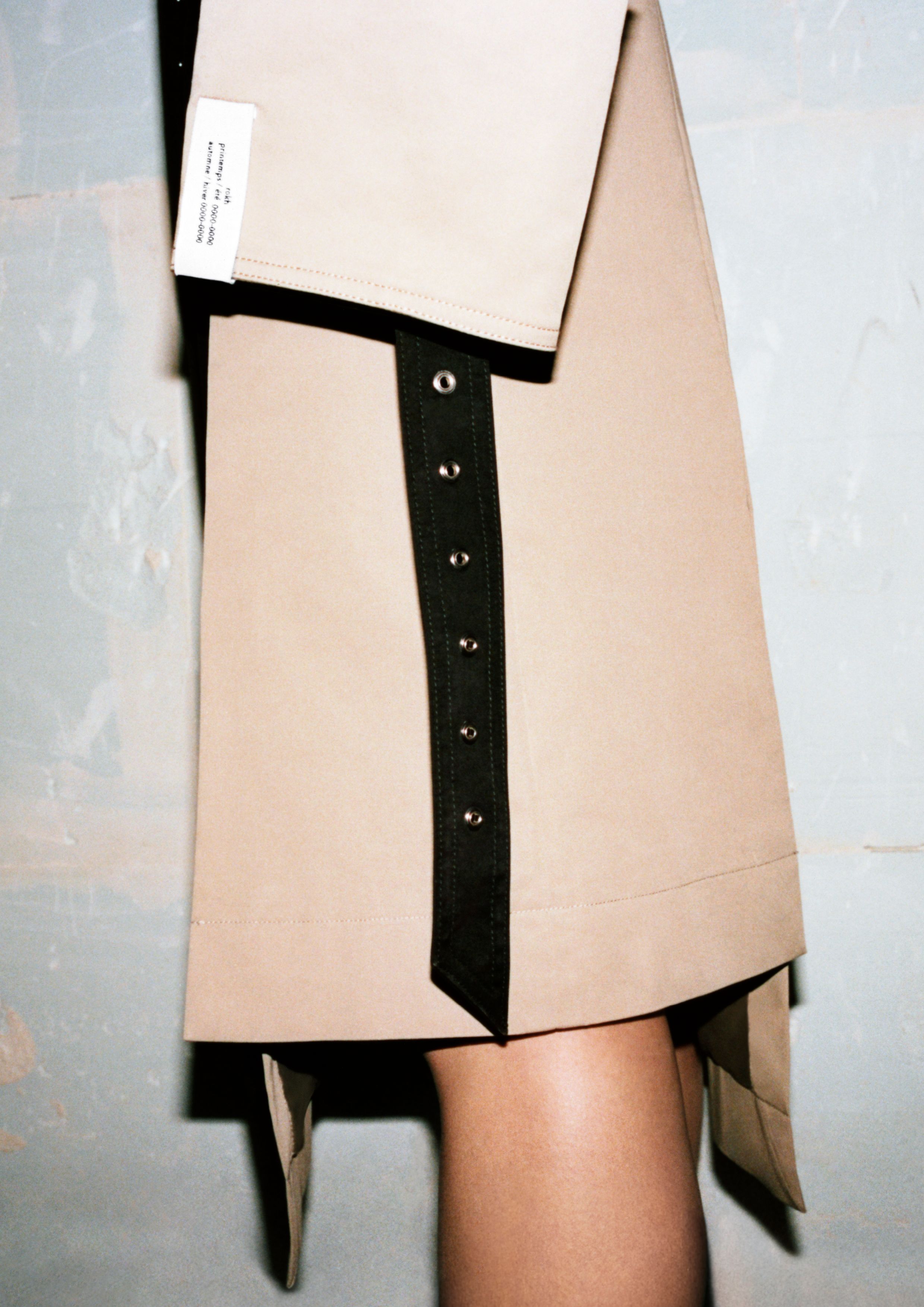
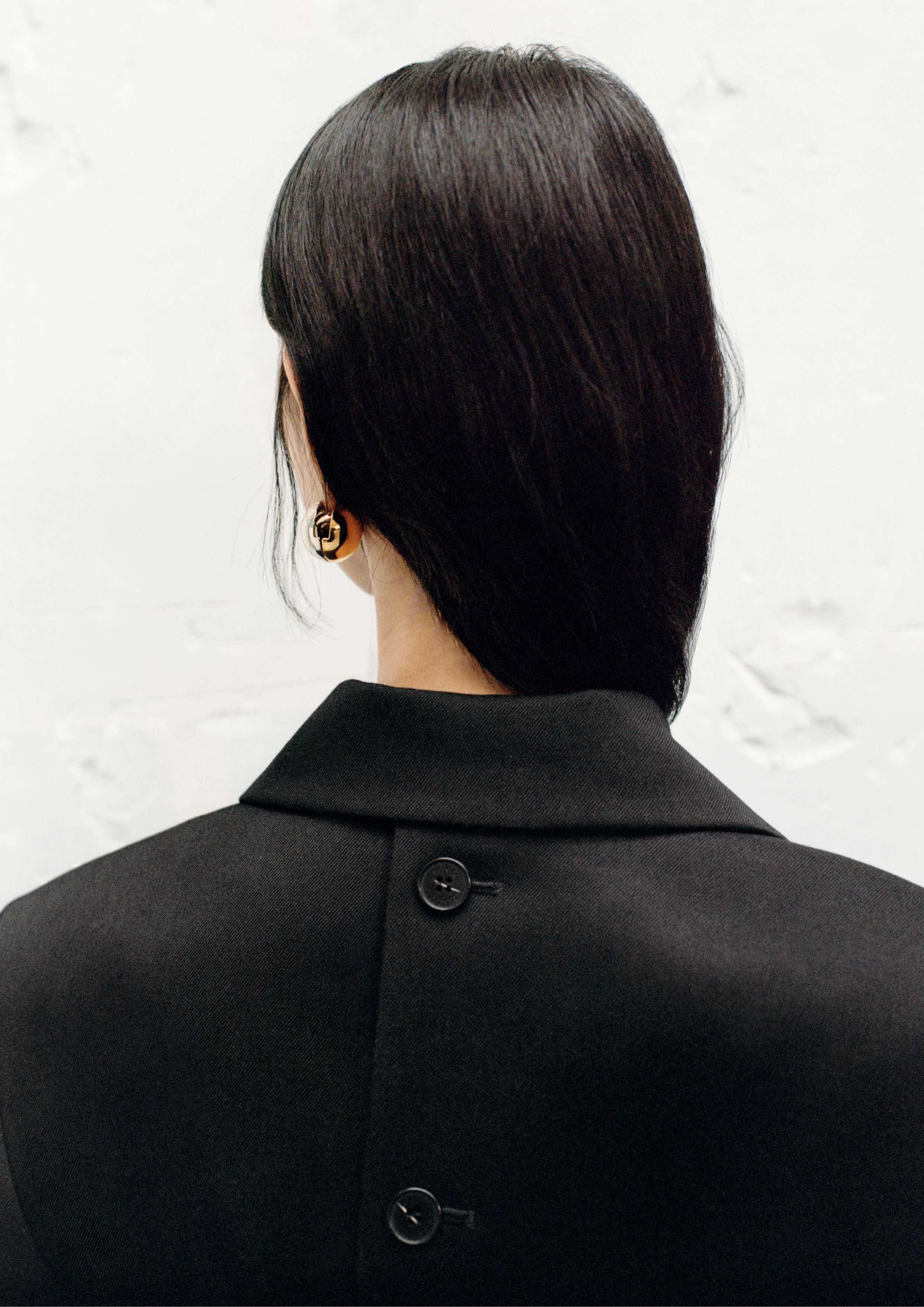
Rok, for your Spring 24 collection you also showed menswear for the first time. In what ways is it different to design menswear compared to womenswear? Obviously, there is a difference from a physical standpoint, but does it also differ in terms of references and ideas?
ROK HWANG: For me, the starting point is patterns. So, the starting point and formula are pretty much the same. When I decided to work on menswear, it was very natural, kind of deadeye. The way the collection was styled in the end was the biggest difference, not so much the actual construction and design approach.
ANN-SOFIE JOHANSSON: It’s the physical difference, of course. But I think today, menswear is much more interesting. You can do so much more with it today. Men in general are also more daring, which is really fun. It's also almost more inspirational to look at menswear than to look at womenswear at this point, even though menswear has its archetypes, too. It’s also more gender fluid, in a way that it wasn’t before when I started working in fashion 30 years ago. But when you tailor garments, you still have to take the physical differences into consideration.
RH: That’s right. From the start, we were working on different bodies, which is also the challenge that we faced. The seams are different, how we curve the body, etc. But when it comes to the last part of pattern making, that’s when I enjoy breaking the rules the most. What inspires me personally is to have more feminine cuts but having a sort of male construction that injects into this. Sometimes I start with male tailoring patterns, and it becomes an evening dress.
It feels like you’re probably freer to evade gender stereotypes as a small brand; you can be more experimental and unconventional. But as a big brand with a much larger audience and more diverse customers, also more mainstream, do you ever feel like you can’t really experiment that much, Ann-Sofie?
ASJ: It’s surely more difficult when you're a big company, and you’re on 70 plus markets with different kinds of views on gender fluidity. But we’ve always said that everyone should be able to find something at H&M. To promise that is also very hard. So, diversity is really important for us, for example, when it comes to sizing but also different styles such as occasion wear and evening wear. We want to reflect what’s happening in fashion and in the world in general.
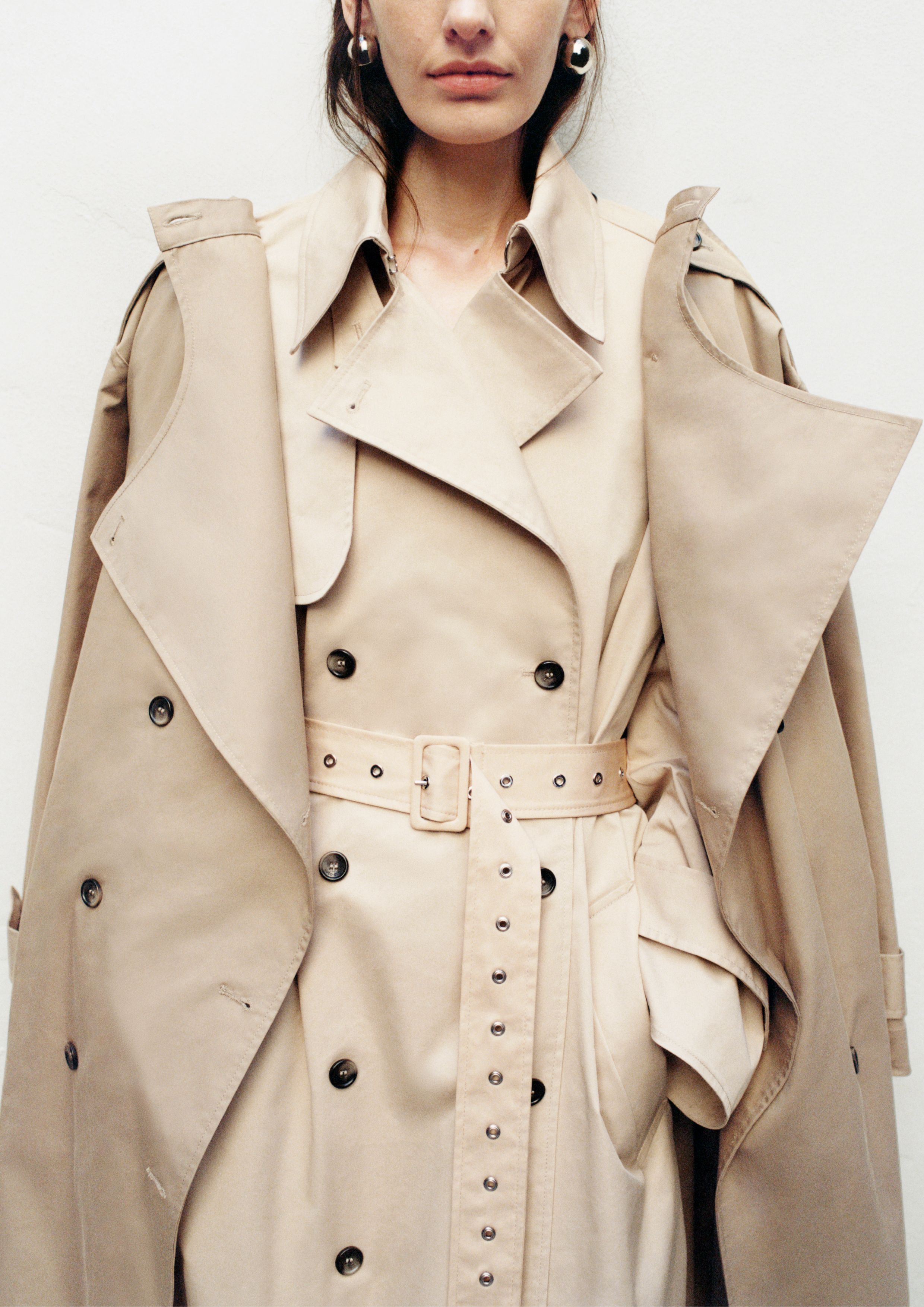
As a smaller brand though, you simply can’t afford to be inclusive sometimes, especially when it comes to having a wide range of sizing, right?
RH: Yeah, for a smaller brand it’s not easy to adapt to everything. But I think even men can wear our female blazers, and it becomes completely different. With the H&M collaboration, you can really mix and match everything.
You worked with Phoebe Philo when she was at Céline, and you also freelanced for Louis Vuitton. Can you describe the different atmospheres at the studios, and what it’s like at H&M?
RH: I think all the different houses come down to the same fundamentals, we all love creating garments. But every studio has different interactions and energies. My experience with H&M was very intimate. When I was entering the collaboration, I flew to the headquarters in Sweden and met everyone, we had meals together and talked about fabrics and cutting. Everybody was equally involved.
ASJ: We had a lot of fun, which is important when you collaborate. And you can see that in the collection. I think it also made a difference that you came to Sweden because usually it’s the H&M team traveling to the designer’s destination. So, we could show you a little bit of Sweden, and we forced Rok to eat Swedish food, sweets, and things like that.
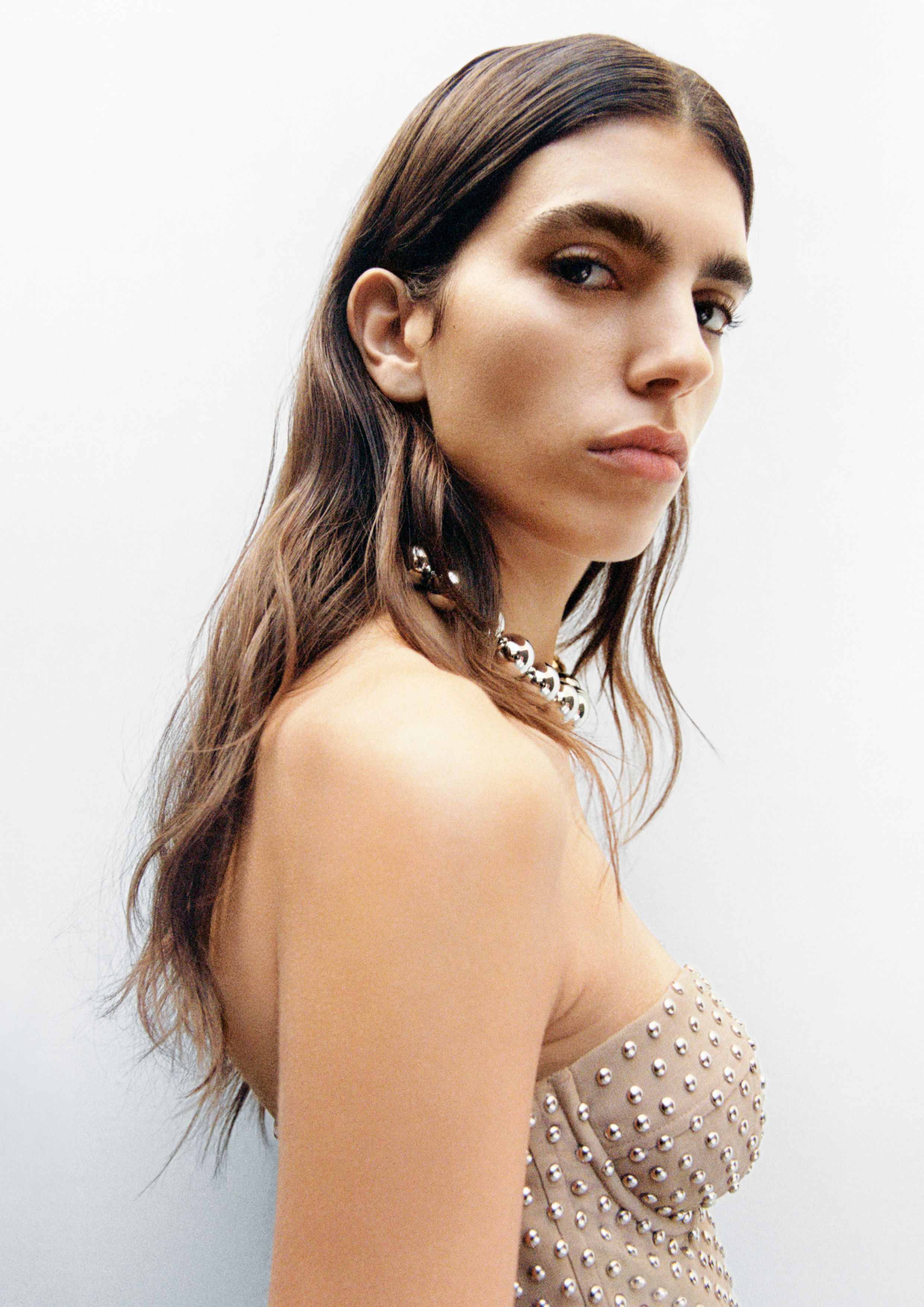
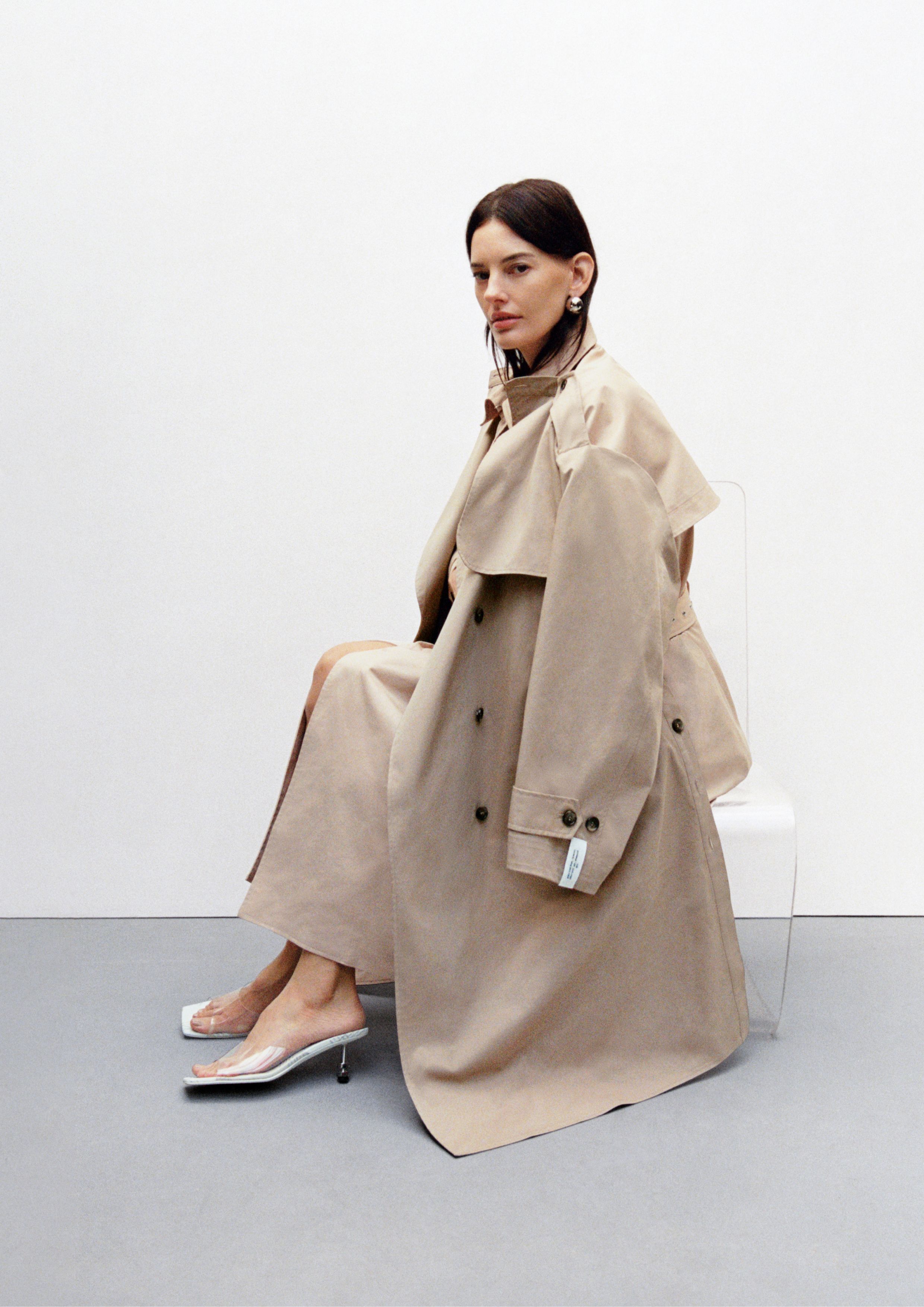
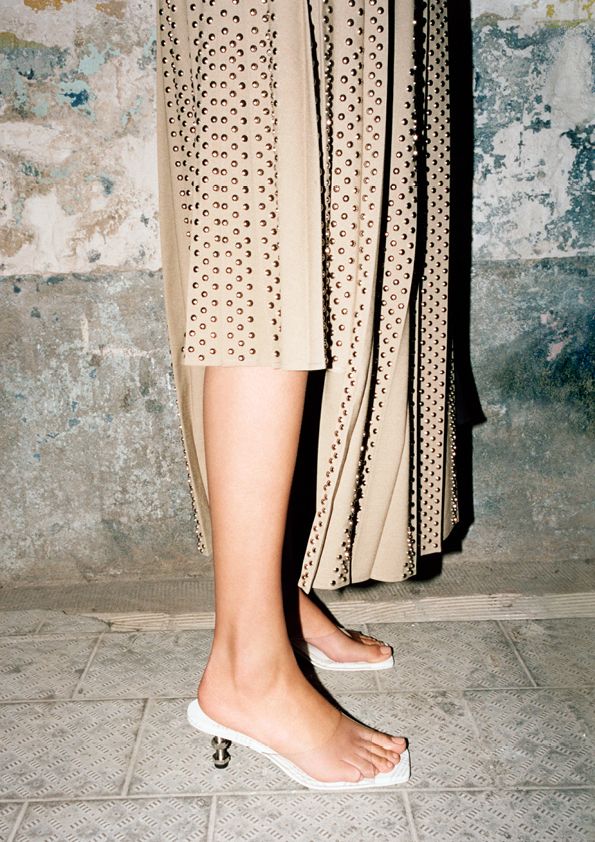
Is there a shift in energy at the studio whenever you invite a new designer for a collaboration?
ASJ: I mean, they are different people we’re working with, and they have their own way of doing things and working with the design. So, it’s always different, which makes it even more interesting because you meet so many different creators, and just get to see how they work. With Rok, who has quite a small team, it’s kind of a lot that we asked from him. It’s not only making the collection, but also PR, marketing, making the campaign, everything. It’s a lot of work, so it’s also a lot of dedication. You can feel more and less dedication from the ones we're working with depending, for example, on the size of the brand.
In an interview, Rok, you said that you don’t rush towards a collection but that it is a constant study, building up and researching, and that you don’t have a moodboard. How and where do you research for your collections, and what does the research for the collection you created with H&M look like?
RH: Fundamentally, it was the same. I brought some of my archive and my own patterns to Stockholm, so we just laid them down and started trying things on. We chose everything organically and developed everything from scratch. There were no moodboards, we just started working with the fittings.
ASJ: We only had a color card and sketches with the looks and styles. And I love moodboards. [Laughs] Sometimes it's just about making a beautiful moodboard. I love pictures and finding a story in there. For us, it makes sense because we are so big that sometimes you have to convince people that this is the right way to go; this is the right mood we need to achieve here, or the right trend, or whatever you want to call it. That’s when you need a moodboard because words just aren’t enough. And we need to have a moodboard or color card, you have to have the fabrics. So that is a way of settling in an idea to convince people that this is a good idea. So, moodboards are very much needed.
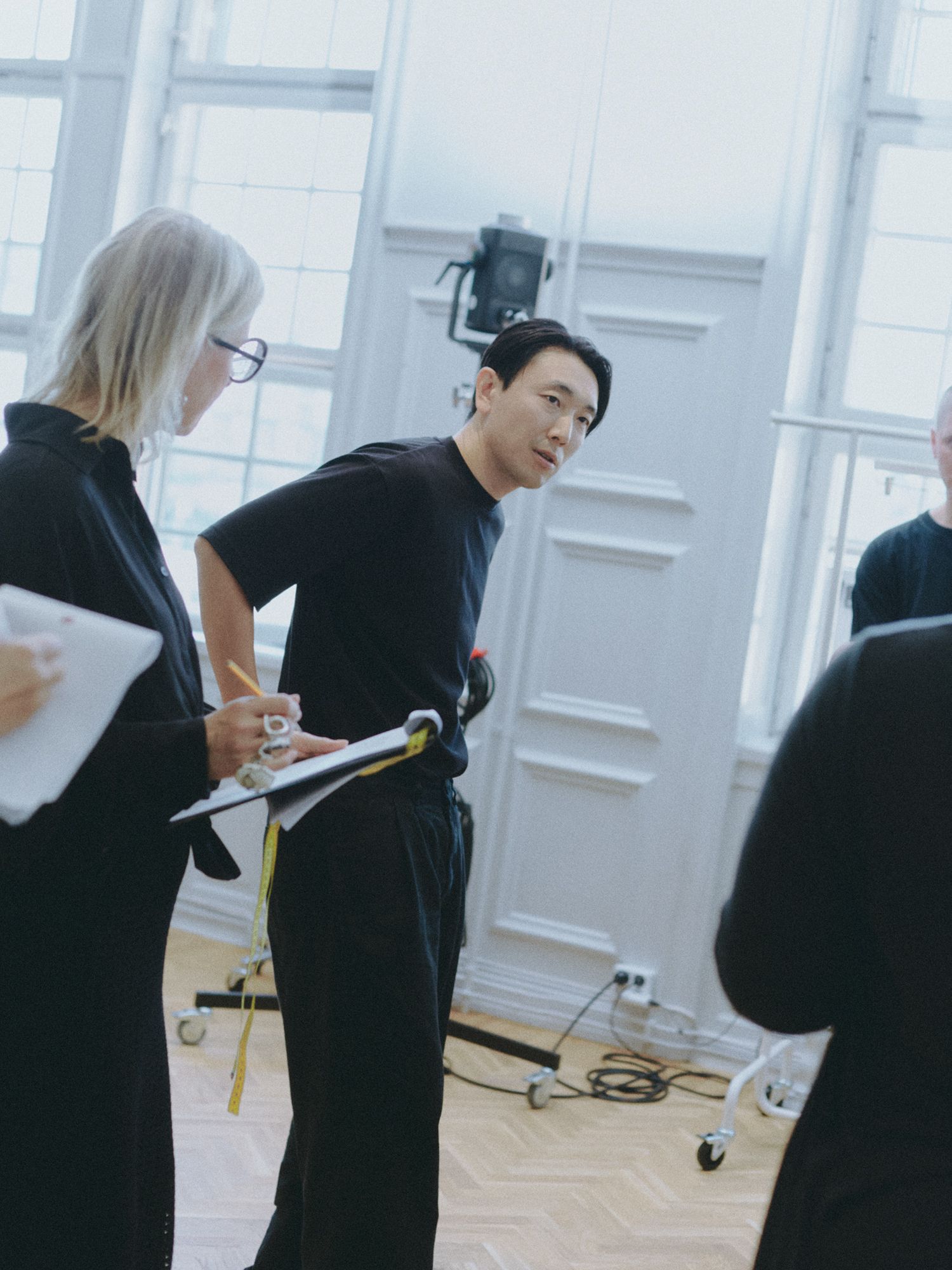
When you founded the label, Rok, I read that some people were saying that you’re going to continue the legacy of Phoebe Philo. And I think this can be seen in culture at large. For example, if a student has a teacher in art, sometimes their work becomes similar to the teacher’s work. How do you distance yourself from that and how do you keep creative autonomy despite being influenced?
I loved working with Phoebe. There are many things that she has carved in, and we share some mutual interests. But ultimately, I think I tend to work a lot longer on pattern and the construction of the garment, focusing on how it could be folding, how it could have a bit more of a twist to it. But, you know, Phoebe always has really perfect and beautiful garments with beautiful taste. Each designer has a different formula. So, perfecting the garment and learning about the attitude of women is something that I learned to embrace from Phoebe.
In the age of image spam where you’re inevitably influenced by a plethora of different things, it seems difficult to still create newness. You’ve been designing for 30 years, Ann-Sofie. How do you still design new garments?
ASJ: In one way it’s getting harder and harder. But, at the same time, you’re much freer to create nowadays. It was much more limited when I started in fashion. “You can’t do that; you can’t do this. Those two colors don’t go together.” Today we don't have these rules, and rules are there to be broken also—as you do with your pattern making, Rok. I find fashion much more liberating today because everything can be fashion. Fashion evolves very much through looking back. There's a lot of development when it comes to fabric and so on. So, it’s hard, but it’s possible to create new things.
I find AI both scary and interesting because it’s trained on what’s already known. So, you can argue that AI doesn’t come up with any new themes or ideas, it’s just old things. But you can also argue that it puts different things together, contradictions, and from that something new will appear.
Related Content
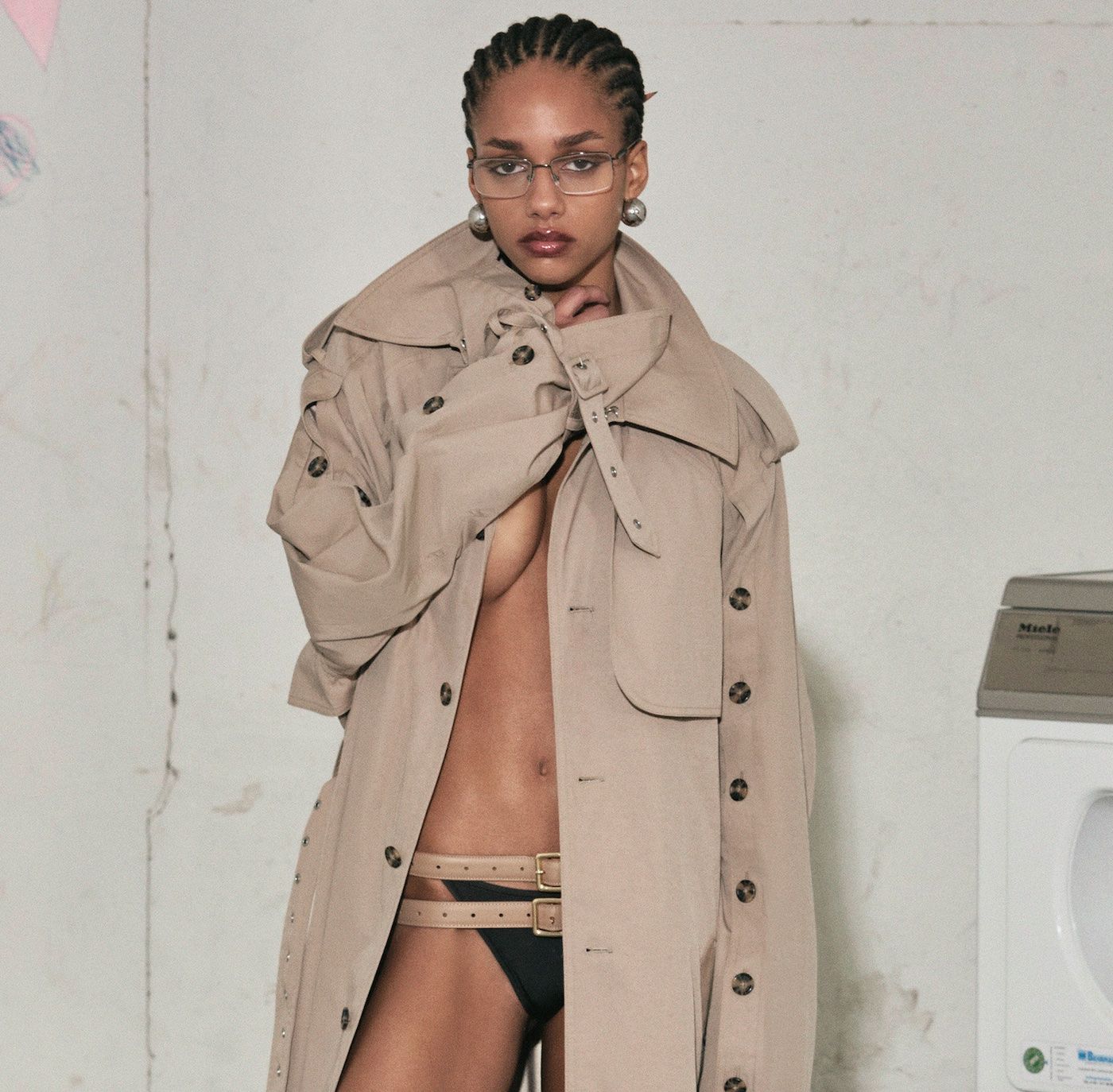
Rokh H&M’s Texan Landscapes
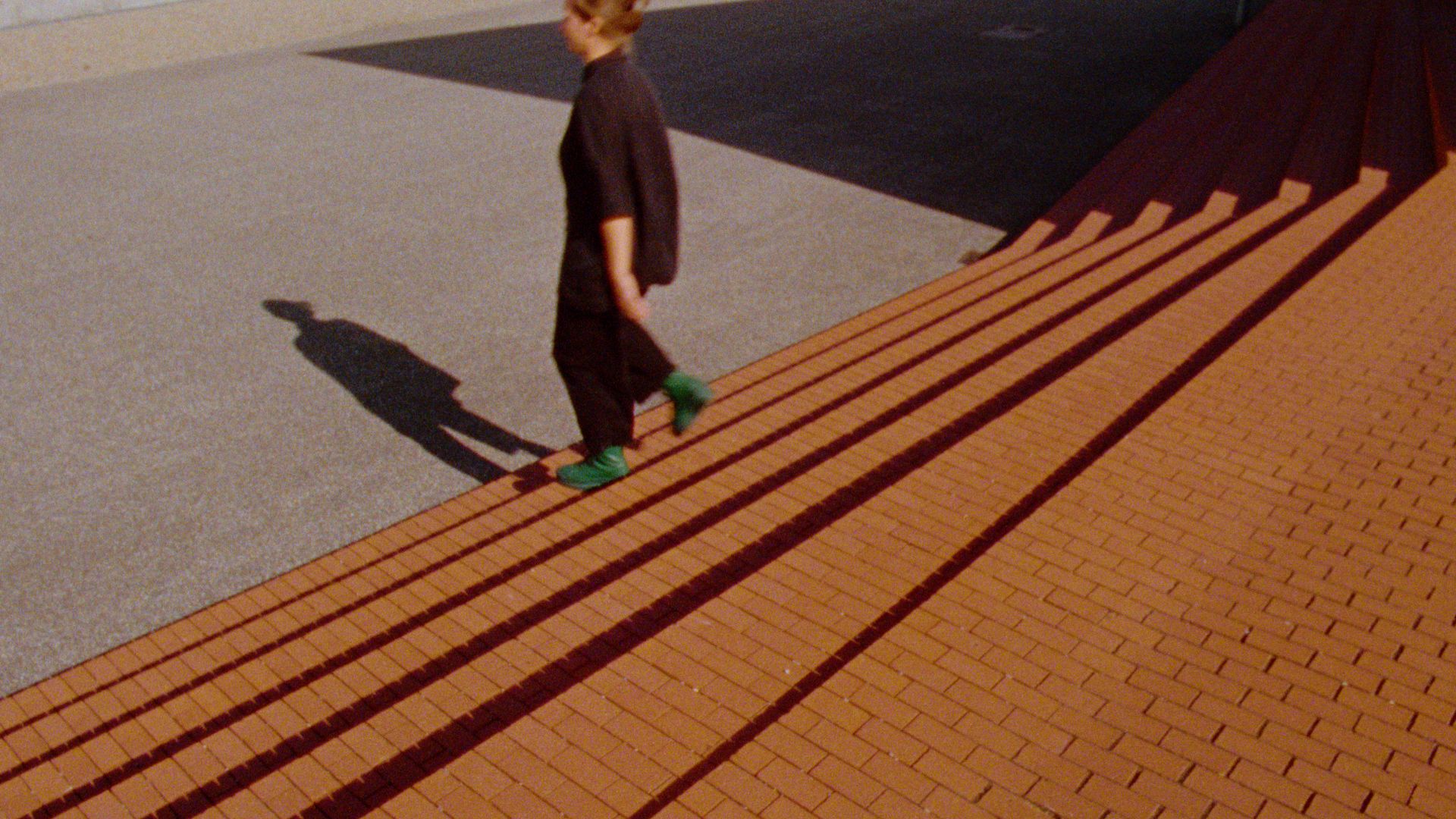
Who Is Next? RIMOWA Design Prize Roundtable
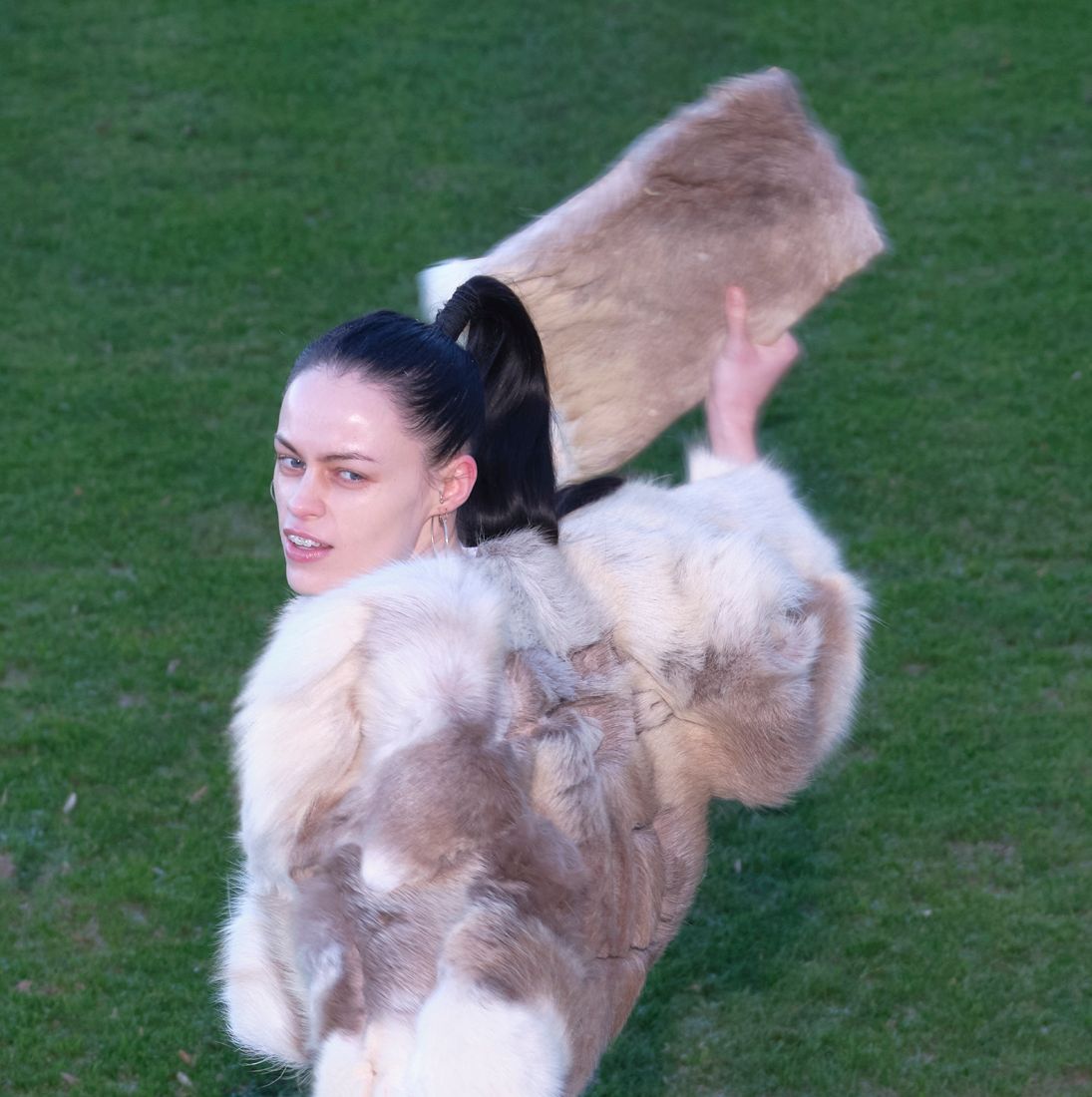
New Prototypes
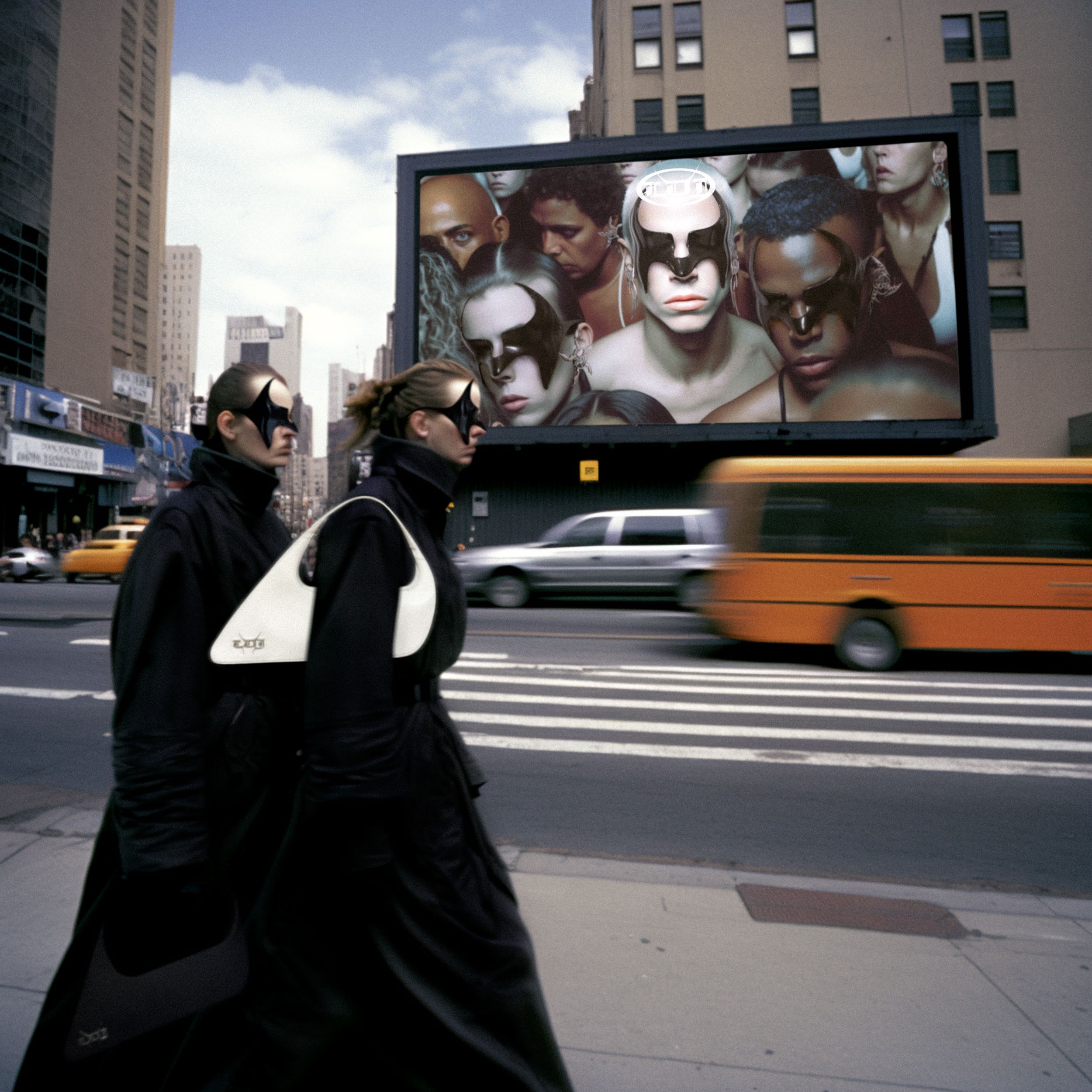
Notes From Underground: LUKE NUGENT’s AI Editorials Fictionalize Subcultures
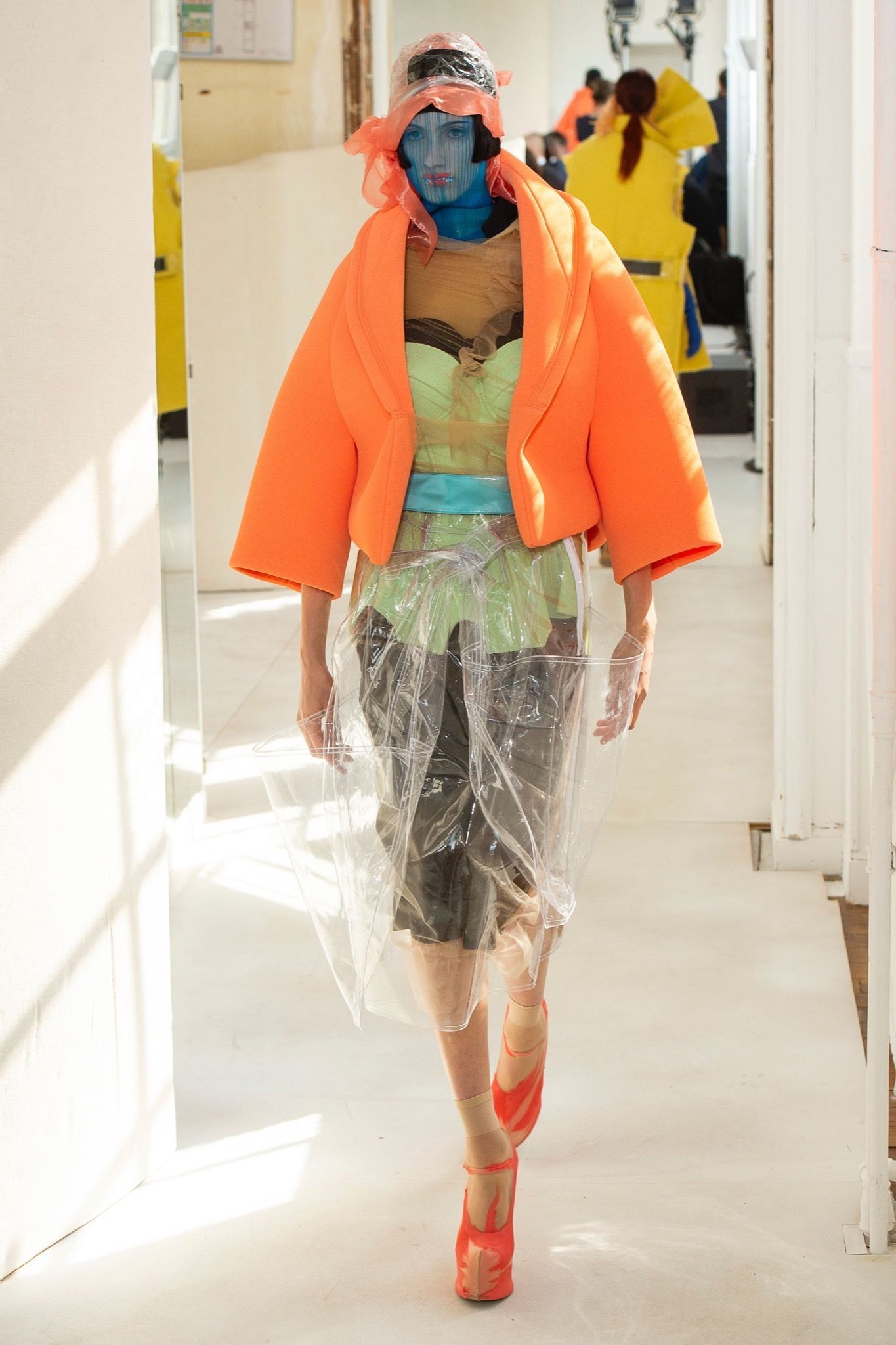
The Future of Couture: Neo-digital natives, blockchain luxury, and algorithmic customization
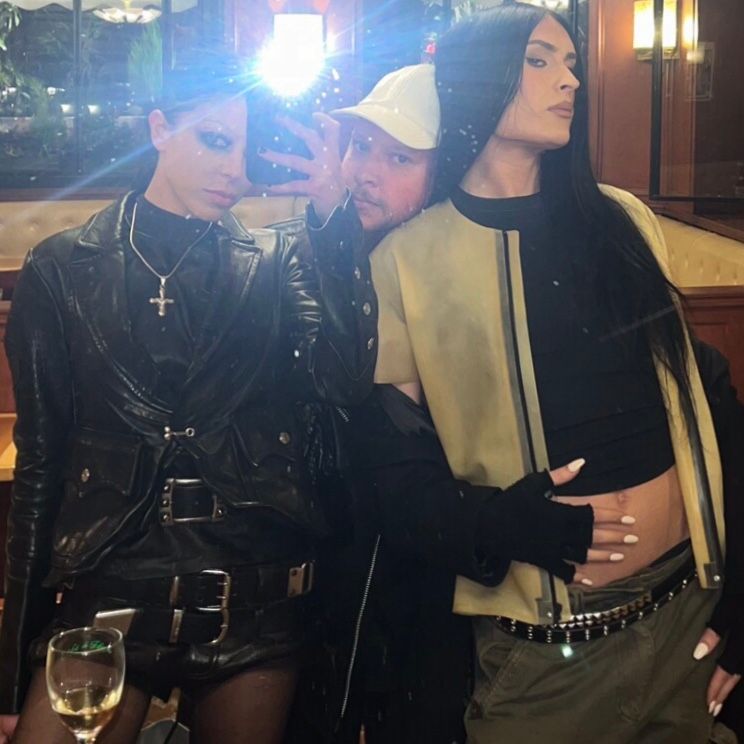
Transmissions: The Road of Trials
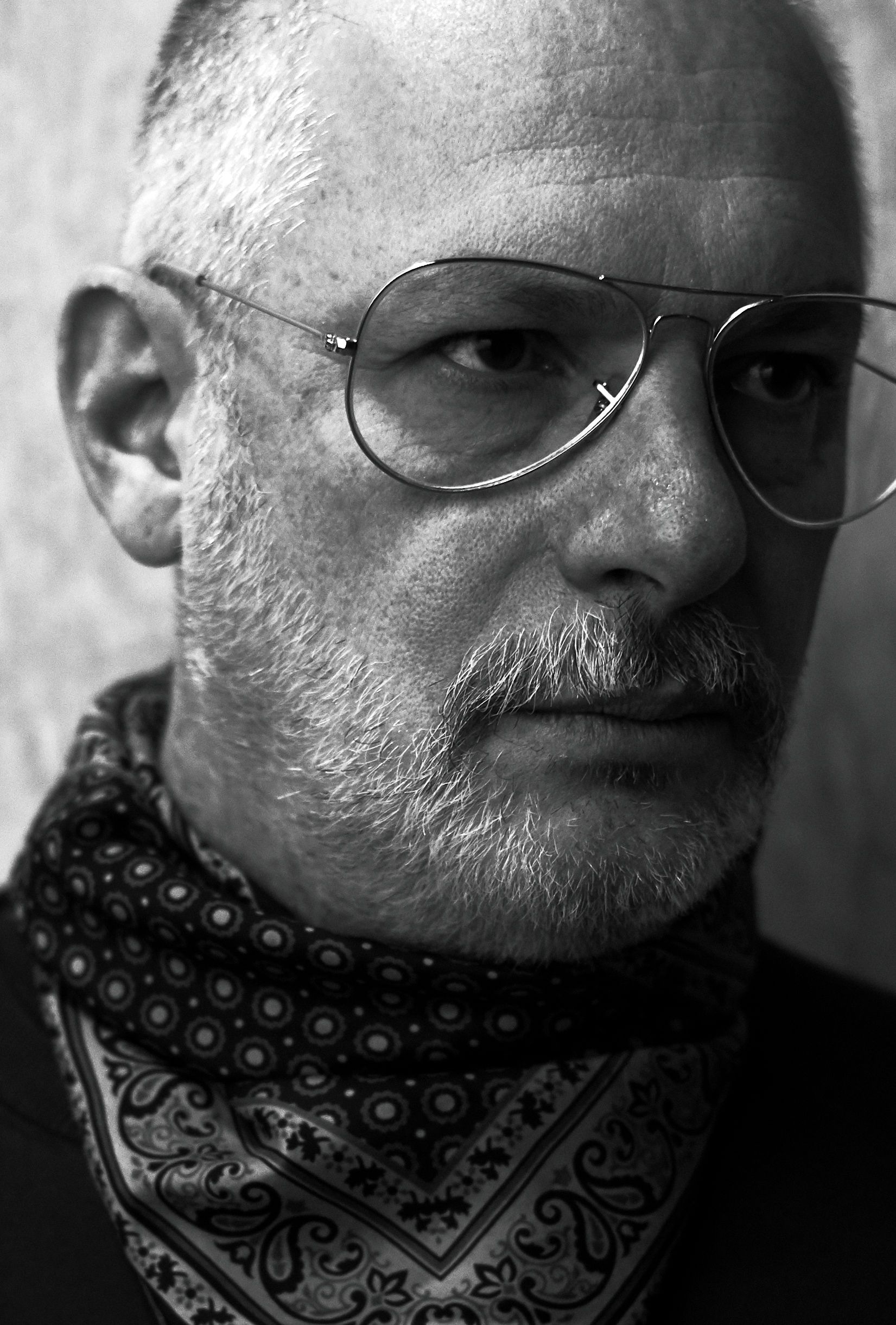
Brenda’s Business with Fabio Piras
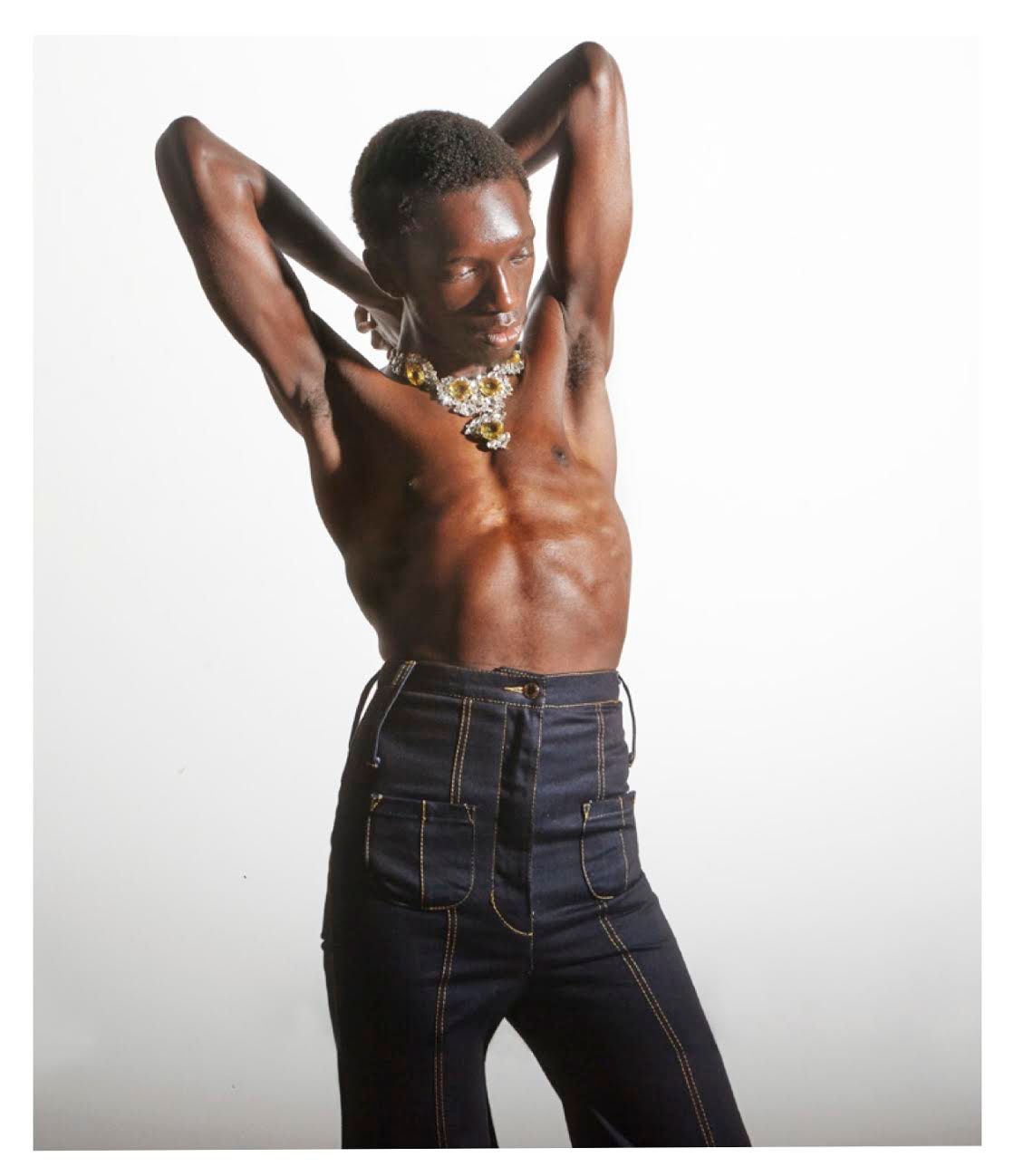
Menswear Metaphysics: GRACE WALES BONNER’s Bejeweled Visions